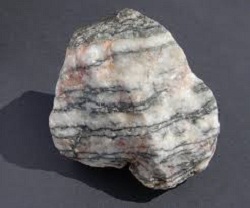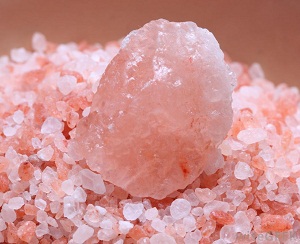MINING IN THE HIMALAYAN REGIONS:
-
The Himalayan region is strikingly poor in minerals which can contribute to the economic factor. As the valleys and the lower ranges are well-populated, there is little chance that the important deposits of well-known or conspicuous minerals to have escaped notice in the more frequented tracts. It is otherwise, however, in the case of rarer minerals, the uses of which are unknown to the people, and in the remote and unexplored wilderness near the realm of snow, where much may still be undiscovered.
Will biodiversity hotspots such as the Himalayan regions become hunting grounds of the mining industry was a question raised by experts as the researches put forward their researches which claims that the there is a huge probability of finding large quantities of sulphide ores of metallic elements, such as zinc and gold, which is found to be higher in the mountain layers than the seafloors. Over the years, over-exploitation has led to a significant depletion of the underground ores and minerals stock. Therefore, miners are seeking new sources like mountains and oceans to continue exploring on different grounds. Earlier, there was a trend to tap the mineral booty of the seafloors, but the operations were found to be economically unviable. "The deciding factor was the amount of minerals. In the ocean floors, the minerals are found in lesser quantities than what is desirable. But now, mining is also known to have been practiced in such regions of the Himalayas.
Precious and semi-precious gem-stones found in the region are of beautiful colors and the ease with which they are collected and transported enhances their lure in the eyes. The majority of gems, other than diamonds, are found the pegmatites, crystalline marbles, and gneisses. These rocks are found in the Great Himalaya range from end to end, and anywhere within this vast belt gems may occur, but they are special chemical compounds produced in the earth's laboratory by unusual combinations of circumstances about which we know very less. In consequence, although the parent rocks are common, the species of mineral to which precious stones belong occur sparsely and erratically and still rarer are those clear and well- crystallized specimens from which gems alone can be cut.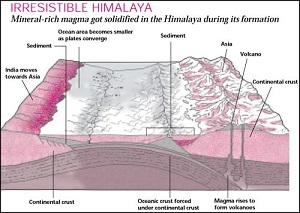
Gneisses and marbles often compose the deeply-folded and crushed cores of mountain ranges, as well as vast areas of the more ancient rocks. In mineral composition pegmatite is akin to granite, consisting in the main of quartz and felspar, but is coarser in crystalline grain, and carries a greater variety of minerals.
-
It usually occurs in white veins ramifying through other rocks, into which it has been injected in a molten state. Pegmatite is supposed to have been the residual liquid remaining after the principal mineral constituents, quartz, felspar and mica, have crystallized from deep- seated masses of molten granite, and, as these masses contracted on cooling, has been squeezed out from them into the surrounding rocks, carrying with it much of the unusual ingredients of the granite. On the slow cooling of this complex molten mixture in veins, it solidifies, by the separation of its component minerals, as more or less perfect crystals.
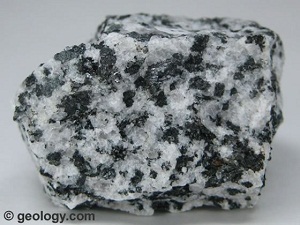
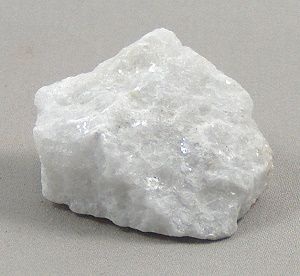
The best place to search for gems is not in their matrix, but amongst the gravels, below the slopes where such rocks crop out, and in the beds of streams draining them. Sapphires were first brought into Simla early in 1882, by traders from Lahul, who stated that a landslip had laid bare the rocks beneath the soil, thus disclosing the presence of the gems. The mines are in a small upland valley on the Great Himalaya range, at an altitude of 14,000 feet above sea-level, on the southern slopes of the divide between Kishtwar and Zaskar.
